Princess Charlotte may be growing up in a very modern royal household, but her roots stretch deep into the tangled web of Tudor history. Her ancestry winds all the way back to Mary Boleyn, Anne Boleyn’s lesser-known sister. Here’s a look at how this young royal is connected, generation by generation, to one of the most famous families in English history.
Princess Charlotte of Wales (b. 2015)

Born into royal stardom, Princess Charlotte is the only daughter of Prince William and Catherine Middleton. She’s currently third in line to the British throne and already stealing headlines for her confidence and charisma.
Prince William, Prince of Wales (b. 1982)
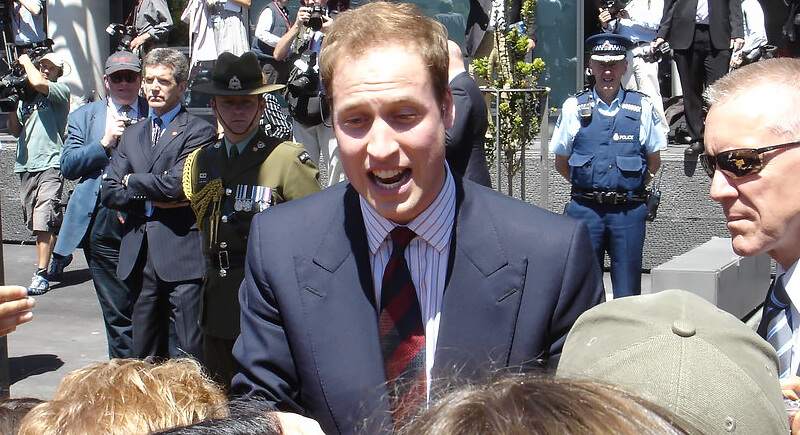
Most know William as the future king. Fewer realize his family tree branches out far beyond Buckingham Palace. His mother, Diana, brought the Spencer line into the royal fold—an old aristocratic family with roots deep in English history. William’s connection to the Spencers links him, and his children, to centuries of prominent ancestors, including some with ties to the Tudor court.
Diana Spencer, Princess of Wales (1961–1997)
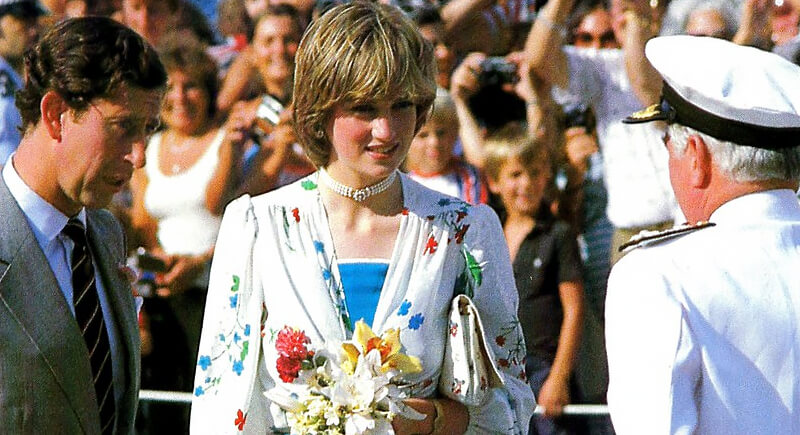
Before she became the “People’s Princess,” Diana Frances Spencer belonged to one of England’s most prestigious aristocratic families. The Spencers have held noble titles since the 17th century, and Diana’s lineage includes earls, countesses, and a long paper trail of English peerage.
John Spencer, 8th Earl Spencer (1924–1992)
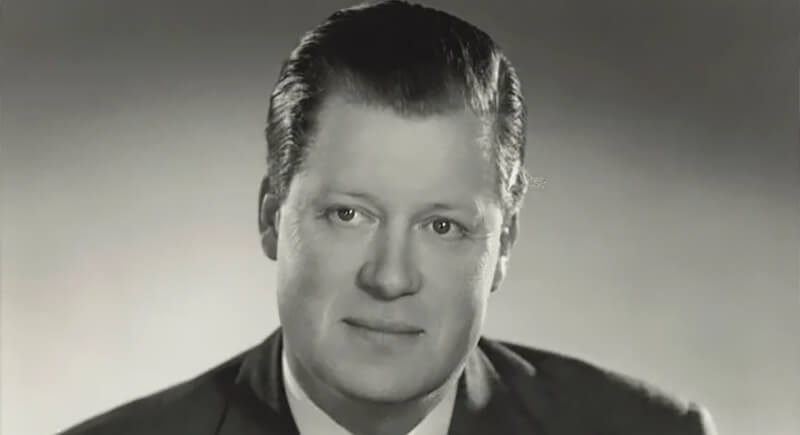
Diana’s father, John Spencer, served in the Royal Army during WWII and later inherited the earldom from his father. Known for his love of history and traditional English country life, John helped preserve Althorp, the Spencer family estate.
Albert Spencer, 7th Earl Spencer (1892–1975)
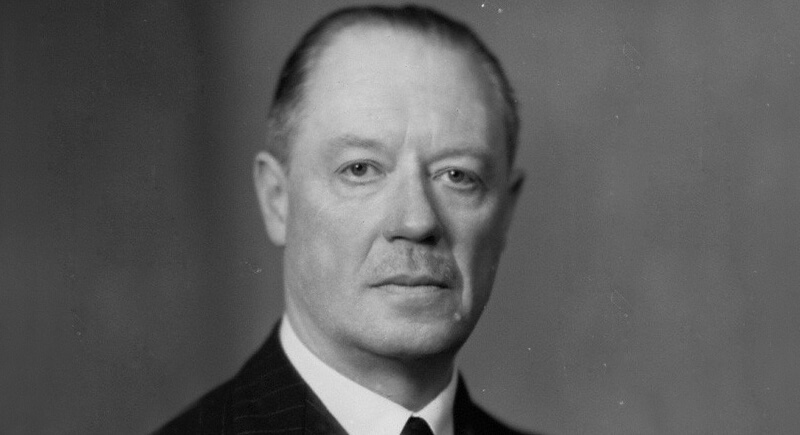
Albert Spencer, educated at Harrow and Trinity College, Cambridge, was a respected peer and public servant. He served in WWI and later became a knight of the Garter. His commitment to public service echoed the traditional roles of British nobility.
Charles Spencer, 6th Earl Spencer (1857–1922)
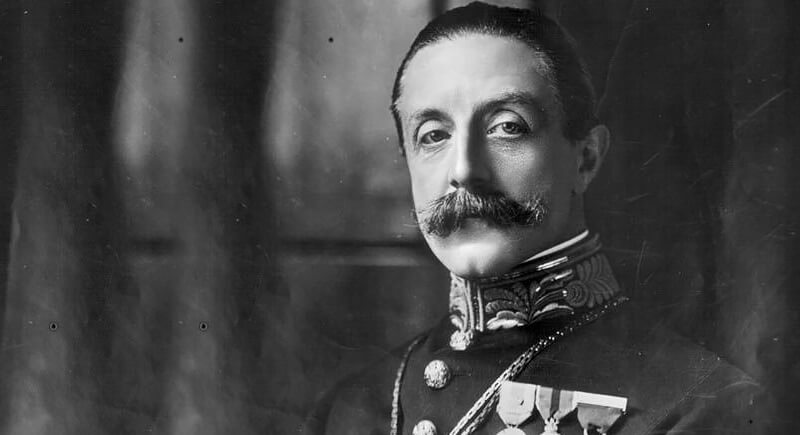
This Victorian-era Earl had a passion for service affairs and served as Lord Chamberlain to Queen Mary. Charles also upheld the Spencer family tradition of intermarrying within Britain’s upper class, which helped to preserve a lineage that would connect generations later to the Boleyns through maternal branches.
Frederick Spencer, 4th Earl Spencer (1798–1857)
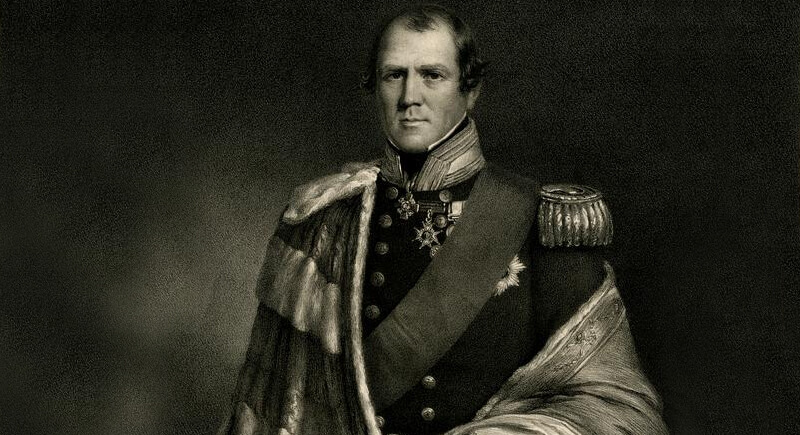
Frederick Spencer spent much of his early career at sea as a naval officer. He earned the rank of Rear Admiral and served in the Napoleonic conflicts. Later in life, he turned to politics, and his title was passed down the male line.
George Spencer, 2nd Earl Spencer (1758–1834)
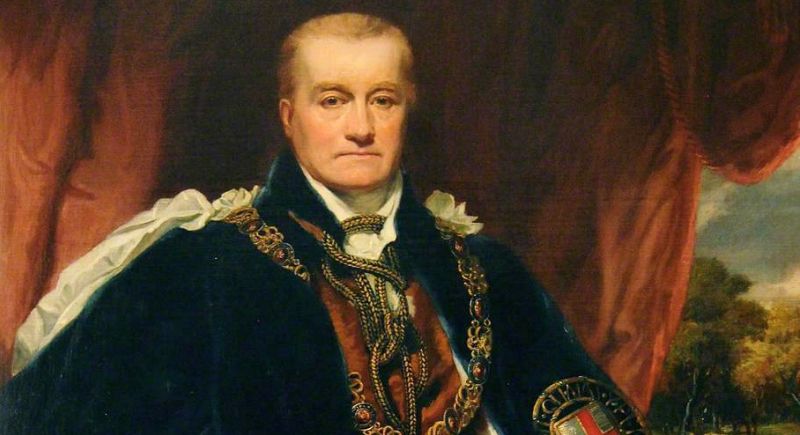
Known for his scholarship and his massive library, George was a serious bibliophile and collector. He worked closely with Prime Minister William Pitt and was considered a steady, intellectual figure in British politics. His passion for history may have suited someone whose own bloodline quietly curled back to the Tudor court.
John Spencer, 1st Earl Spencer (1734–1783)
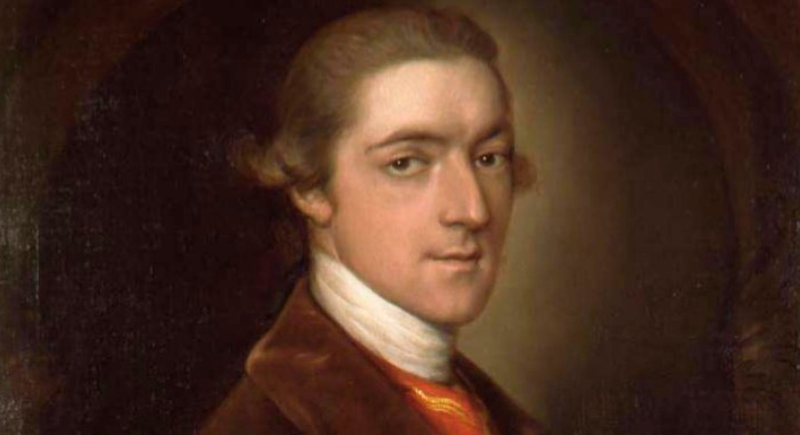
King George III granted John Spencer his earldom. He built Spencer House in London, now a historic palace. He was a well-connected politician and landowner whose wealth and marriage alliances further elevated the family’s social standing.
Charles Spencer, 3rd Earl of Sunderland (1675–1722)
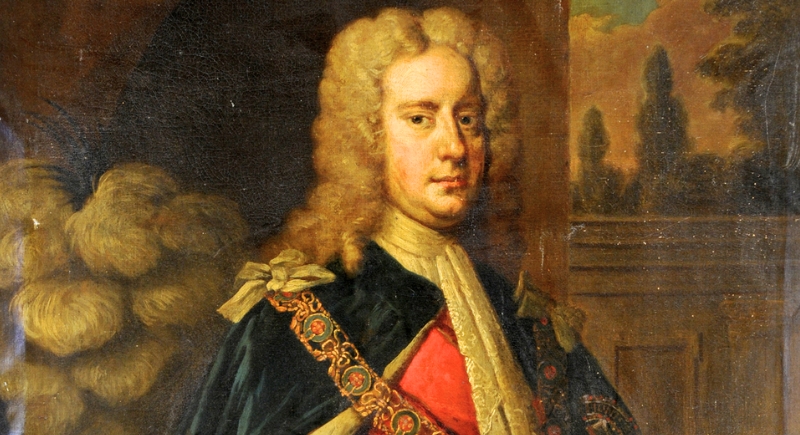
Charles Spencer had both a sharp political mind and a tangled personal legacy. He served as Secretary of State and married into the powerful Churchill family. Through these alliances, the Spencer line gained additional ancestral links to Tudor-era nobility, including the Devereux and Sidney families.
Robert Spencer, 2nd Earl of Sunderland (1641–1702)
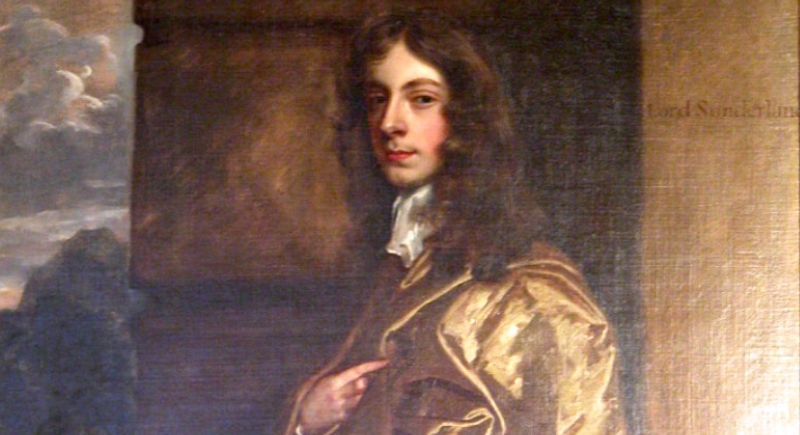
Robert Spencer was deeply involved in the politics of his time, especially during the Glorious Revolution. He married Dorothy Sidney, whose family tree reached back to the Tudor era. Through her, the Spencer line picked up more connections to England’s influential families.
Dorothy Sidney, Countess of Sunderland (1617–1684)
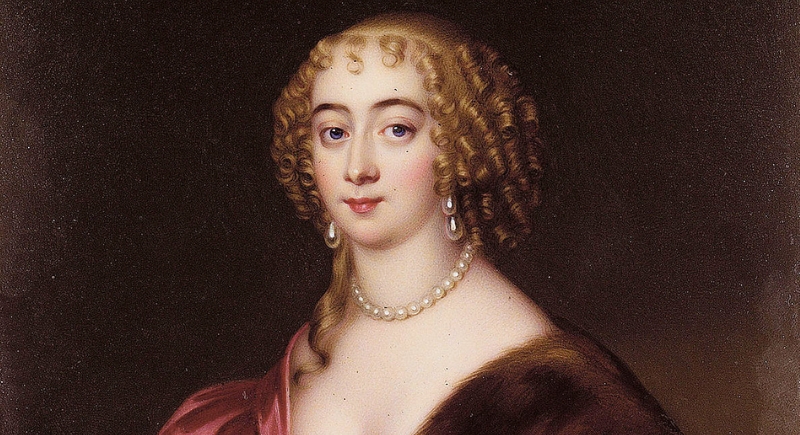
Dorothy Sidney was the granddaughter of Dorothy Percy and the great-granddaughter of Dorothy Devereux. These women carried the blood of the Boleyn-connected Knollys and Careys, whose own ties to Henry VIII’s court sealed the genealogical path to Anne Boleyn’s family tree.
Dorothy Percy (c.1598–1659)
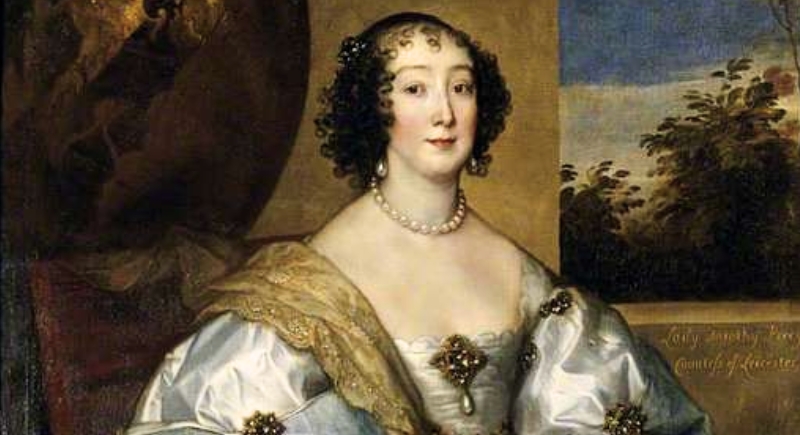
Dorothy, daughter of the powerful Henry Percy, 9th Earl of Northumberland, married into the Sidney family and passed along her prestigious lineage. Her mother, Dorothy Devereux, connected her to some of the most influential women of Elizabethan England, including descendants of Boleyn.
Dorothy Devereux (1564–1619)
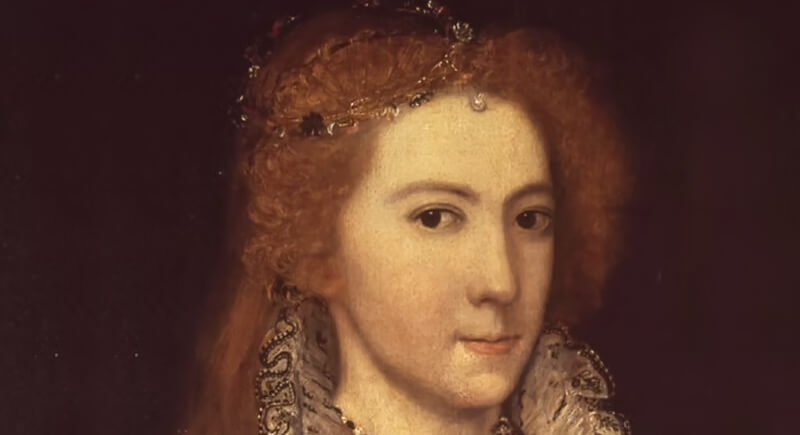
Dorothy was the niece of Queen Elizabeth I, which automatically placed her near the center of power. Her mother, Lettice Knollys, was a granddaughter of Mary Boleyn. That means Dorothy carried a direct line of descent from the Boleyn family.
Lettice Knollys (1543–1634)
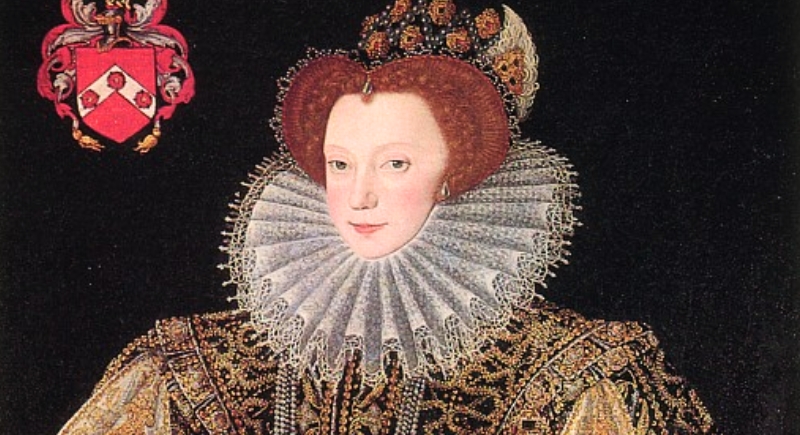
Cousin to Queen Elizabeth I and a member of her court, Lettice had a reputation for marrying Robert Dudley, the queen’s favorite. However, her real historical significance lies in her maternal roots. She was the granddaughter of Mary Boleyn, which makes her a key link in the Boleyn-Spencer connection.
Catherine Carey (c.1524–1569)
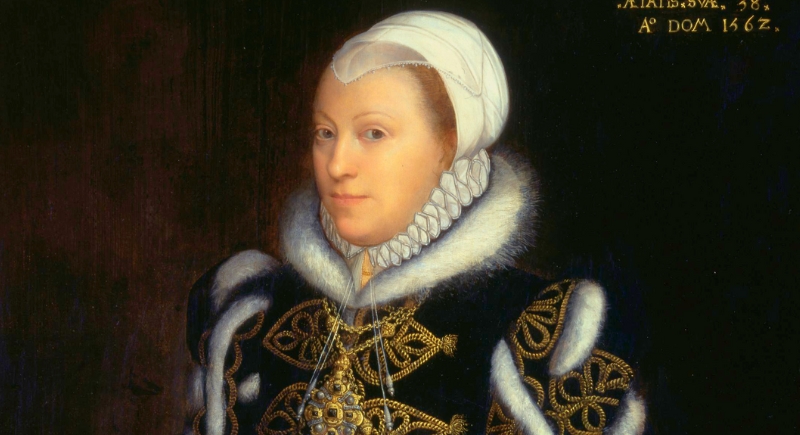
Catherine was Mary Boleyn’s daughter, and possibly the illegitimate child of Henry VIII himself. While that rumor has never been proven, her position in Queen Elizabeth I’s inner circle as Chief Lady of the Bedchamber suggests she held high favor.
Mary Boleyn (c.1499–1543)
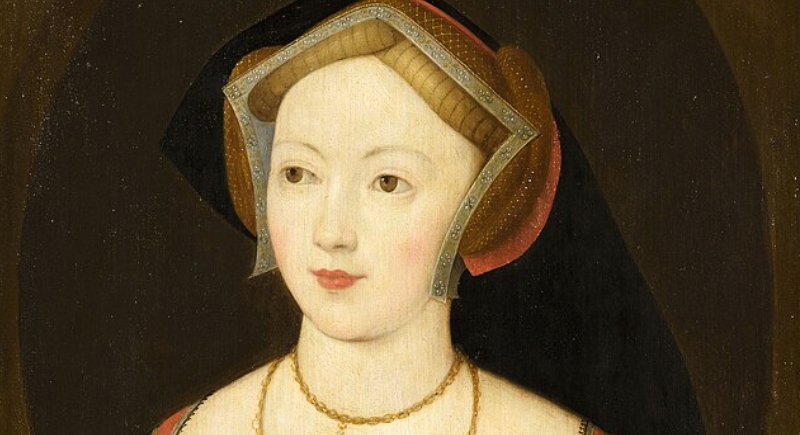
Mary Boleyn is often overshadowed by her tragic sister Anne, but her legacy might be more enduring. She was a mistress of Henry VIII, possibly bore his children, and married twice. Her descendants, including Catherine Carey and eventually Princess Charlotte, link today’s royals with the iconic Tudor court.